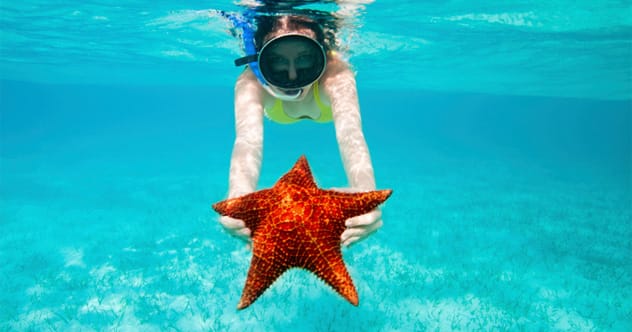Humans are generally pretty weak when it comes to healing. Imagine if you could regrow lost body parts! While we can heal from wounds to some extent, our bodies are nothing compared to some animals. Let’s explore ten animals with incredible regeneration powers that put humans to shame.
Sea Slug
Sea slugs are more fascinating than their name implies. They have various talents. Some defend themselves by stealing stinging cells from jellyfish, while others eject ink or slime. But the really special ones can cut off their own heads.
Elysia marginata, a type of sea slug, casually loses its head—or rather, its entire body. These slugs eat algae and harness the chloroplasts, using energy directly from the sun. However, they’re defenseless against parasites.
When a slug’s body is damaged by parasites, it can sever its own head. The head then crawls around, feeding and regenerating an entirely new body. The abandoned body’s heart keeps beating, but it never regrows a head.
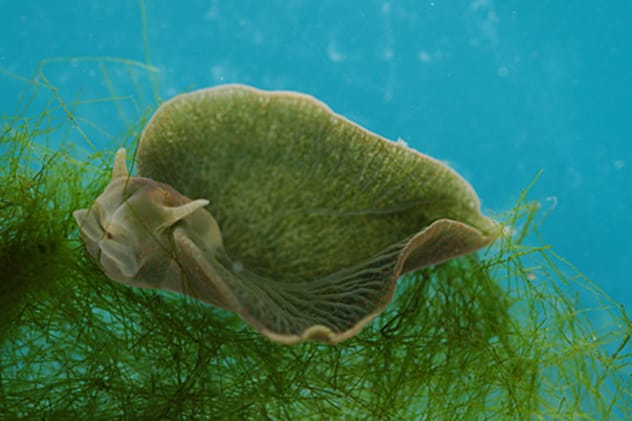
Sea Cucumbers
Sea cucumbers might look like slugs, but they aren’t related. These creatures scavenge organic matter on the ocean floor. They have an extraordinary defense mechanism: evisceration. When threatened, they push out their internal organs to create a sticky mess.
This defense has its drawbacks. Once their organs are out, sea cucumbers must grow a whole new set to survive, which takes only one to five weeks.
Whether the sea cucumber ejects its organs from its mouth or posterior, it grows a new digestive tract from both ends until they meet in the middle. After all that effort, they might have to do it again if threatened!
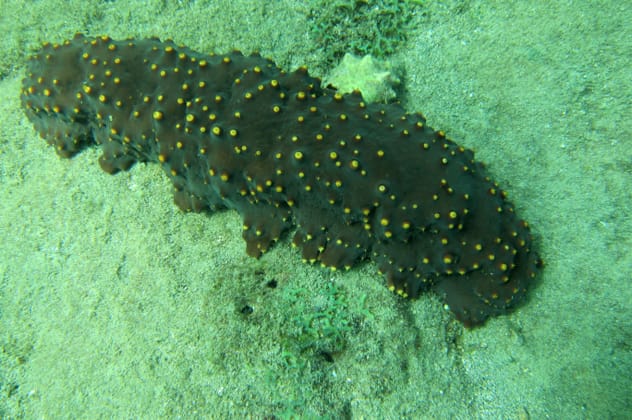
Planarians
Being cut in half is usually a major problem for animals. Planarian worms, however, just shrug it off—if they’re the half with a head. Cut a planarian in half, and you get two genetically identical worms, none the worse for wear after a week of regeneration.
Planarians are simple flatworms that live in water. Their simplicity might be why they can regenerate so well. It doesn’t matter if you cut them across the middle or end to end; you’ll generally end up with happy worms. They can even be cut multiple times. Just 1/279th of a worm can grow an entirely new worm. The secret lies in their adult stem cells, which make up 20% of their body and can replace anything, even the brain.
The new brain of cut planarians is interesting to researchers because these worms can be trained to respond to stimuli and remember this training, even after the brain that learned it has been cut off.
Spiny Mice Skin
Mammals aren’t known for regeneration. Wounds heal slowly, often with scar tissue. But spiny mice from Africa have developed a way to avoid scarring.
Spiny mice are small and fragile, with easily torn skin. When grabbed by a predator, their skin sloughs off, leaving the predator with a mouthful of fur while the mouse escapes. The mouse might be missing a large portion of its skin, but it regrows it relatively quickly, including hair follicles and sweat glands, without scarring.
Scientists hope to activate the genetic pathways used by spiny mice in humans at some point.
Sponges
Few animals would enjoy being pushed through a sieve or put in a blender, but for sponges, it’s just another day in the lab. Sea sponges are among the simplest animals, lacking circulatory, nervous, and digestive systems. Their cells are largely undifferentiated and can change into various types. But sponges have one big trick.
If you break sponges into individual cells, the cells will clump together again. If the groups of cells have the right mix, they can grow into a full sponge. If you mix cells from two sponges, each individual’s cells can identify and separate themselves.
This ability to regenerate from fragments is helpful in the ocean, where waves can break off bits of sponge. These bits can then be carried to new habitats and start new colonies.
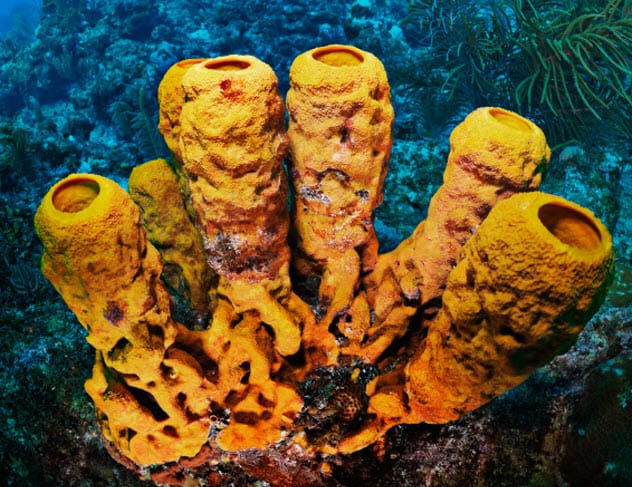
Lizard Tails
Autotomy is when an animal amputates a body part to escape a predator. Lizards cutting off their tails is a well-known example.
Lizards hunt, exposing them to danger. If grabbed by the tail, they can contract their muscles to weaken certain spots, separating the tail. The tail falls off, distracting the predator, allowing the lizard to escape. Some amputated tails continue to wriggle.
The lizard can regrow its tail over months. The new tail often differs, with cartilage replacing the original bones.
Antlers
Several mammal species, like deer and moose, grow impressive antlers for fighting rivals, defending against predators, and scraping snow for food. Moose might even use them for hearing. Most antlers regrow every year.
In spring, male deer shed their old antlers, and new ones begin to grow from bony ridges on the skull incredibly quickly. The new antlers are covered in velvet, which contains blood vessels that feed the growing antlers. Once grown, the cartilage is replaced with bone, and the velvet falls off.
The ability of antlers to regenerate is due to a type of adult stem cell not normally present in mammals.
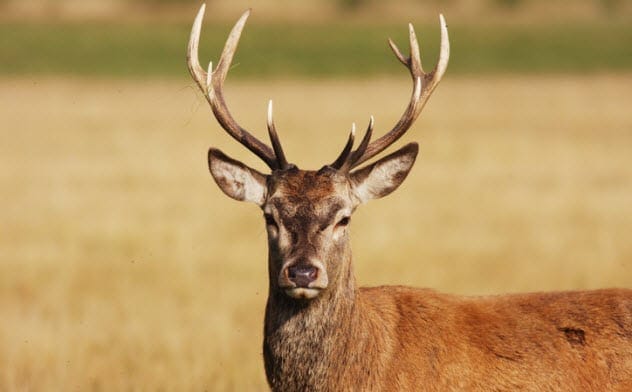
Starfish
Starfish have a central disc with five or more arms. Underneath, tube feet allow them to move and find food. The arms are fragile and can break off. When this happens, the starfish grows a new limb, or the severed arm grows a new starfish.
If the separated arm contains part of the central disc, it can grow a new body. Sometimes, starfish sever their own arm to escape. If the arm is pulled off, it’s more likely to carry part of the central disc. If the predator doesn’t eat it, the severed arm will crawl away and try to live another day with its new body.
Sometimes, a young starfish might reproduce asexually, breaking itself in half. Each half regrows its missing limbs, and the two copies go their separate ways.
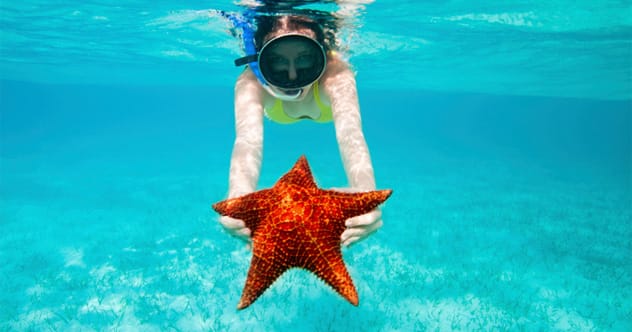
Hydra
Hydra are tiny water-dwelling organisms with a simple structure: a head with stinging tentacles and a foot. They capture prey with their tentacles and have no anus, pushing remains out of their mouth. Hydra may well be immortal.
If you cut a hydra in half, each half will regenerate into a smaller hydra. Cutting them into many fragments might result in many hydra because most of a hydra is made up of stem cells, each able to grow into an entirely new hydra. As long as parts of the protein skeleton survive, the organism can reform perfectly.
The stem cells also explain their immortality. Throughout their lives, their stem cells keep replenishing themselves. As long as a hydra is in a good environment, it will never grow old.
Axolotls
Regeneration is common among small organisms but rarer in vertebrates. The axolotl is a master of it. These amphibians can regrow limbs, heal spinal cords, and regenerate tails, hearts, and eyes. Their abilities have made them a model organism for scientists.
Sometimes regrown body parts aren’t as good as the originals, but in axolotls, the regenerated tissue is indistinguishable. They revert matured tissues like blood and muscles near the amputation point to undifferentiated cells similar to stem cells. These stem cells grow as if they were developing in a newborn axolotl. And they can do it any number of times.
Sadly, axolotls can’t regenerate their natural habitat, which is now limited to a few places near Mexico City.
These animals showcase nature’s incredible ability to heal and regenerate. From sea slugs to axolotls, their powers are truly remarkable.
Which animal’s regeneration ability impressed you the most? Leave your comment below!


